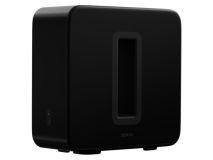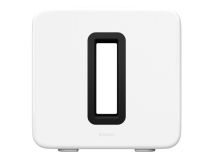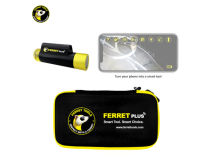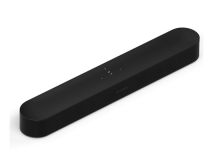The coaxial female F-Type SPD shields your aerial system's devices from power surges. Equipment such as TVs, amplifiers, and receiver boxes would benefit from having this line of defence.
What is a Surge Protection Device (SPD)?
Surge Protective Devices (SPD) are used to protect installations from electrical power surges known as “transient overvoltages”.
They are also used to protect sensitive electronic equipment connected to the installation, such as computers, televisions. Any equipment with sensitive electronic circuitry can be vulnerable to damage by transient overvoltages.
The effects of a surge can result in either instant failure or damage to the equipment only evident over a longer period of time. It is important to remember that protecting the electrical installation alone, and not the other services, could leave another route for transient voltages to enter the installation.
There are three different types of Surge Protective Devices:
Type 1 SPD: installed at the origin, e.g. main distribution board.
Type 2 SPD: installed at sub-level.
Type 3 SPD: installed close to the protected load. They must only be installed as a supplement to Type 2 SPD.
The PROception range of SPDs are all Type 2.
What causes transient overvoltages?
Natural transient overvoltages mostly occur due to direct lightning strikes but can also occur from indirect strikes too.
Man-made transients appear due to the switching of motors and transformers, along with some types of lighting. Historically this has not been an issue within domestic installations but more recently, installations are changing with the advent of electric vehicle charging, heat pumps have made transients much more likely to occur within domestic installations.
How do SPDs work?
The gas discharge tube (GDT) is sealed with ceramic and its interior consists of two or more metal electrodes with gaps filled with the inert gases, argon and neon. As the overvoltage passes through, it arcs between the electrodes, allowing current to flow to ground, thus protecting your devices.






